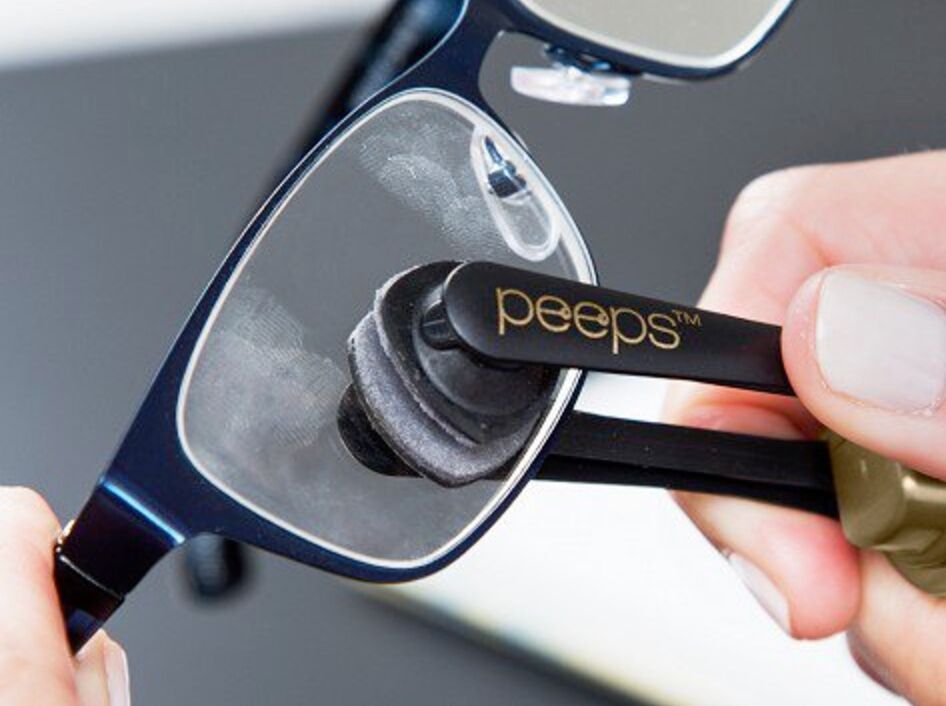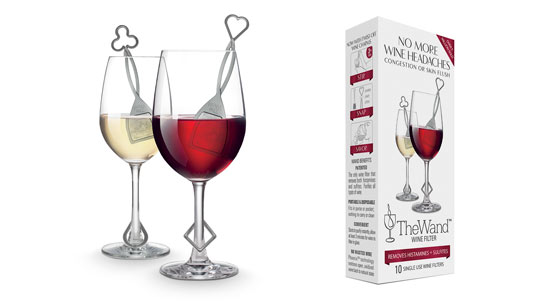Record Breakers

The King at the top where he belongs, Elvis in 1956! Harry Belafonte next. A wall of gold records. Queen’s signed gold plaque. Glenn Miller and his band. And look there! A very young Johnny Cash admiring Kowalski Heat Treating’s very first gold record for PIA (Pain In The @%$) Jobs!!!!!!! That’s his manager, Sam Philips, standing and mugging the camera. :))))))))
With the Super Bowl this weekend, many of us with be cheering on either the Chiefs or Eagles along with our favorite players while consuming way too many pre-game snacks, like Aunt Edna’s three bean touchdown cheesy chip dip. Unlike most fans, those of us in Cleveland won’t be pondering why “our” team didn’t make it again while watching future hall of famers showcase their talent. Some will also debate the GOATs (greatest of all time) while watching the game. Old timers will fight for their era quarterbacks, linebackers, and receivers, while the younger set will stare aimlessly trying to figure out who they are talking about (Johnny U, Leroy Kelly, Bart Star, Jerry Rice to name just a few). While it’s fun to debate the gridiron elites, another “greatest” milestone took place on this day back in 1942, when the first gold record was presented to Glenn Miller and His Orchestra (hey grandpa, what team did he play for…and what’s an orchestra?). In the early days, selecting a “gold” song required counting the total sales of the song in its prime. So, for my audiophiles out there, here’s a little history on the rankings and awards along with some links to just some of the GOATs. Thanks to Wikipedia and YouTube and all the artists for these hits. Enjoy!
Some background music while you read
- Music recording certification is a system of certifying that a music recording has shipped, sold, or streamed a certain number of units. The threshold quantity varies by type (such as album, single, music video) and by nation or territory.
- The original gold and silver record awards were presented to artists by their own record companies to publicize their sales achievements. (interesting marketing trick).
- The first gold disc was awarded by RCA Victor (under division imprint Bluebird Records) to Glenn Miller and His Orchestra in February 1942, celebrating the sale of 1.2 million copies of the single, “Chattanooga Choo Choo“. (great video!!!)
- Other examples of a company award is the gold record awarded to Elvis Presley in 1956 for one million units sold of his single “Don’t Be Cruel”.
- The first gold record for an LP was awarded by RCA Victor to Harry Belafonte in 1957 for the album Calypso (1956), the first album to sell over 1,000,000 copies in RCA’s reckoning.
- The first silver disc was awarded by Regal Zonophone to George Formby in December 1937 for sales of 100,000 copies of “The Window Cleaner”.
- At the industry level, in 1958 the Recording Industry Association of America (RIAA) introduced its gold record award program for records of any kind, albums or singles, which achieved one million dollars in retail sales. These sales were restricted to U.S.-based record companies and did not include exports to other countries.
- (RIAA) was established for singles in 1958, and the RIAA also trademarked the term “gold record” in the United States. On 14 March 1958, the RIAA certified its first gold record, Perry Como’s hit single “Catch a Falling Star”. The Oklahoma! soundtrack was certified as the first gold album four months later.
- For albums in 1968, this would mean shipping approximately 250,000 units; for singles the number would be higher due to their lower retail price.
- The platinum certification was introduced in 1976 for the sale of one million units for albums and two million for singles, with the gold certification redefined to mean sales of 500,000 units for albums and one million for singles. The first was awarded to the Eagles compilation album Their Greatest Hits (1971–1975) on 24 February 1976, and to Johnnie Taylor’s single “Disco Lady” on 22 April 1976.
- In 1999, the diamond certification was introduced for sales of ten million units. In the late 1980s, the certification thresholds for singles were dropped to match that of albums.
- In most countries, certifications no longer apply solely to physical media but now also include sales awards recognizing digital downloads (in the US and UK since 2004).
- In June 2006, the RIAA also certified the ringtone downloads of songs. Streaming from on-demand services such as Apple Music, Spotify, Tidal and Napster has been included into existing digital certification in the US since 2013, and the UK and Germany since 2014.
- In the US and Germany, video streaming services like YouTube, VEVO, and Yahoo! Music also began to be counted towards the certification, in both cases using the formula of 100 streams being equivalent to one download. Other countries, such as Denmark and Spain, maintain separate awards for digital download singles and streaming.
- The International Federation of the Phonographic Industry (IFPI) was founded in 1996, and grants the IFPI Platinum Europe Award for album sales over one million within Europe and (as of October 2009) the Middle East. Multi-platinum Europe Awards are presented for sales in subsequent multiples of one million. Eligibility is unaffected by time (from date of release) and is not restricted to European-based artists.
- The Independent Music Companies Association (IMPALA) was founded in April 2000 to grow the independent music sector and promote independent music in the interests of artistic, entrepreneurial and cultural diversity. IMPALA launched sales awards in 2005 as the first sales awards recognizing that success on a pan-European basis begins well before sales reach one million. The award levels are Silver (20,000+), Double Silver (40,000+), Gold (75,000+), Double Gold (150,000+), Diamond (200,000+), Platinum (400,000+) and Double Platinum (800,000+).
- The plaques themselves contain various items under the glass. Modern awards often use CDs instead of records. Most gold and platinum records are actually vinyl records which have been vacuum metallized and tinted, while trimmed and plated metal “masters”, “mothers”, or “stampers” (metal parts used for pressing records out of vinyl) were initially used. The music in the grooves on the record may not match the actual recording being awarded.
- Individual plaque-makers produced their awards according to available materials and techniques employed by their graphic arts departments. The plaques, depending on size and elaborateness of design, cost anywhere between US$135 and $275, most often ordered and purchased by the record label that issued the original recording.
- Elvis is the record holder of the most gold records. (dad – who’s Elvis?)
- Fastest song to go gold – just under two weeks – K.O released his latest single“Sete” featuring Blxckie and Young Stunna, The lead single from the veteran rapper’s upcoming fourth album “SR3” (Skhanda Republic 3), has achieved gold certification status (over 1.2 million streams) in record time.
- Like many awards and recognitions these days, the industry has sort of outgrown the honor and prestige of hitting a milestone such as gold. But that’s ok – we’ll let it go by the wayside of buying and playing our vinyl records. Check out Billboards “GOAT”.
15 Million (or more) Hard Copies Sold
1942 Bing Crosby — “White Christmas”
1997 Elton John — “Something About the Way You Look Tonight”/”Candle in the Wind
1946 Tino Rossi — “Petit Papa Noël”
1970 Mungo Jerry — “In the Summertime”
1954 Bill Haley & His Comets — “Rock Around the Clock”
1992 Whitney Houston — “I Will Always Love You”
1960 Elvis Presley — “It’s Now or Never”
1985 USA for Africa — “We Are the World”
1939 The Ink Spots — “If I Didn’t Care”
1977 Baccara — “Yes Sir, I Can Boogie”
1997 Celine Dion — “My Heart Will Go On”
1994 Mariah Carey — “All I Want for Christmas Is You”
1991 Bryan Adams — “(Everything I Do) I Do It for You”
1978 John Travolta and Olivia Newton-John — “You’re the One That I Want”
::::::::::::::::::::::::::::::::::::::::::::::::::::::::::::::::::::::::::::::::::::::::::
DO YOU LIKE CONTESTS?
Me, too.
As you may know the Kowalski Heat Treating logo finds its way
into the visuals of my Friday posts.
I. Love. My. Logo.
One week there could be three logos.
The next week there could be 15 logos.
And sometimes the logo is very small or just a partial logo showing.
But there are always logos in some of the pictures.
So, I challenge you, my beloved readers, to count them and send me a
quick email with the total number of logos in the Friday post.
On the following Tuesday I’ll pick a winner from the correct answers
and send that lucky person some great KHT swag.
So, start counting and good luck!
Oh, and the logos at the very top header don’t count.
Got it? Good. :-))))
Have fun!!
::::::::::::::::::::::::::::::::::::::::::::::::::::::::::::::::::::::::::::::::::::::::::











 Out of a can or home-made, soups really are mmm-mmm-good!! :))))
Out of a can or home-made, soups really are mmm-mmm-good!! :))))





























